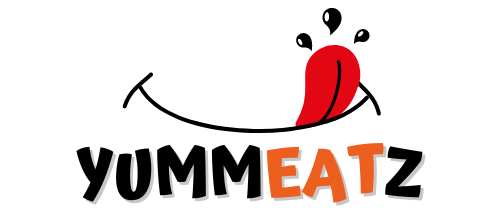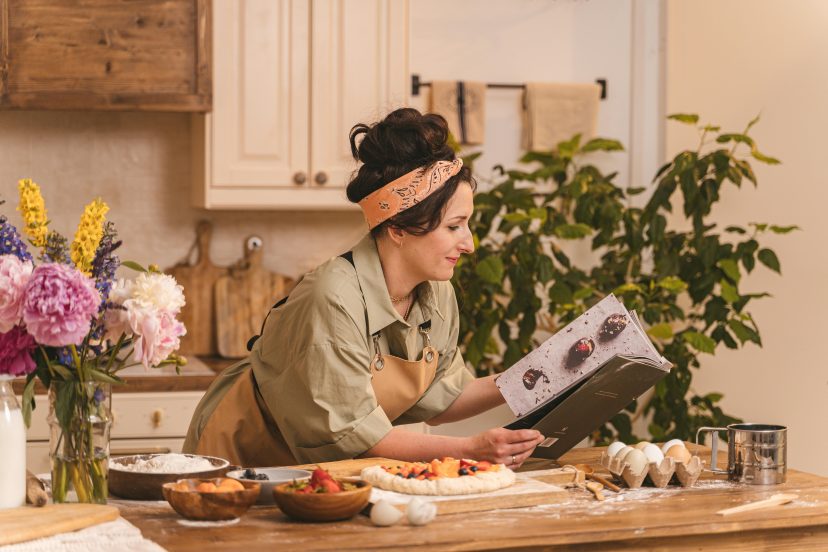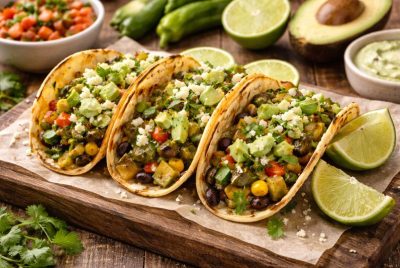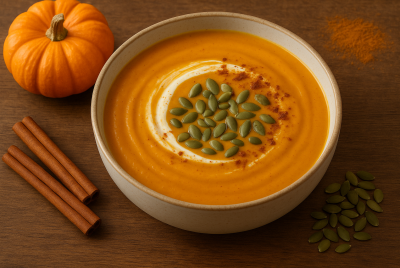5 Best Gluten Free Recipe Books for Delicious & Easy Meals
We may earn a commission for purchases made using our links. Please see our disclosure to learn more.
Struggling to make gluten-free meals that actually taste good? You’re not alone—many home cooks get frustrated with crumbly bread, expensive specialty flours, and recipes that fall flat. Without the right guidance, gluten-free cooking can feel like a constant guessing game. That’s where the right gluten free recipe book makes all the difference. In this guide, you’ll discover top-rated cookbooks, science-backed insights, and practical pantry tips to help you cook with confidence, flavor, and ease.
Why a Specialized Gluten Free Recipe Book Is Essential
Many of us have stories about baking mishaps, such as crumbly muffins, flatbread disasters, and sticky cakes. Gluten-free cooking is more than just swapping out ingredients; it’s about understanding how substitutions work and how to alter recipes for optimal outcomes. A reliable cookbook teaches:
- Flour differences: Almond, tapioca, rice—why each matters
- Structure & texture tips: When to use xanthan gum or psyllium
- Flavor-building strategies: Balance herbs, spices, and umami
- Confidence boosters: Know why a recipe works before you start
With this knowledge, you’ll avoid guesswork and cook with flair!
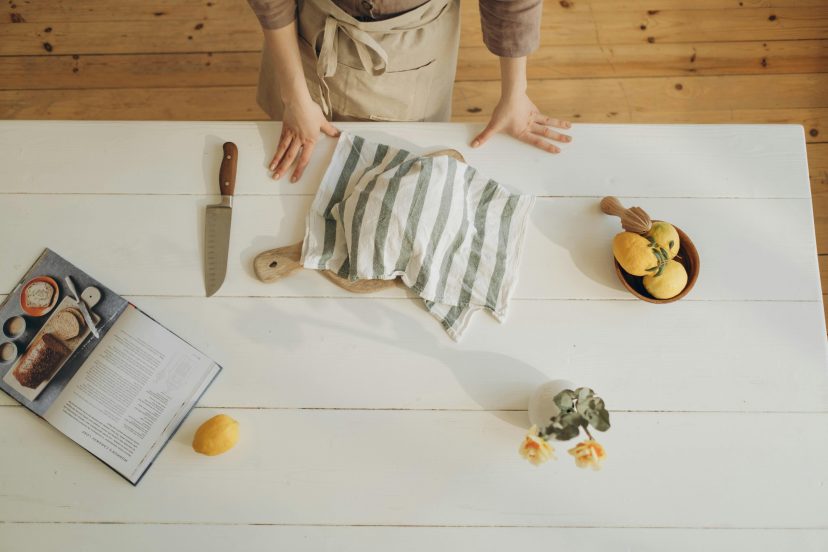
Top Gluten Free Recipe Books to Try
Here are three standout books loved by home cooks, each delivering delicious results and clear instructions:
1. The How Can It Be Gluten Free Cookbook
Why it shines: Touted for its foolproof one-pot meals, hearty baked goods, and wide array of substitutes.
Best for: Beginners and intermediate cooks looking for reliable comfort foods.
What you’ll love:
- Easy-to-follow flour blend charts
- Savory recipes that rival gluten-based versions
- In-depth tips for structure and texture
2. Gluten-Free on a Shoestring
Why it works: Prioritizes budget-friendly, pantry-conscious recipes without sacrificing flavor.
Best for: Cooks watching their grocery bill.
What you’ll love:
- Affordable DIY flour mixes
- Batch-friendly baking ideas
- No-nonsense instructions
3. Minimalist Baker’s Everyday Cooking
Why it’s popular: While not entirely gluten-free, it includes over 100 plant-based recipes—most of which are GF or easily adaptable.
Best for: Flexitarians who lean toward gluten-free meals.
What you’ll love:
- 10-ingredient or fewer recipes
- Fast prep times
- Bold global flavors
4. Cannelle et Vanille Bakes Simple
Why it stands out: Written by Aran Goyoaga, a James Beard Award finalist, this book turns gluten-free baking into an art form.
Best for: Home bakers craving pastries, cakes, and European-inspired treats.
What you’ll love:
- Stunning photography
- Minimalist, nourishing recipes
- Recipes that balance technique with simplicity
5. Danielle Walker’s Eat What You Love
Why it’s loved: A mix of paleo and gluten-free dishes that don’t feel restrictive.
Best for: Families or individuals avoiding grains and dairy.
What you’ll love:
- Comfort-food makeovers like chicken pot pie
- Weeknight dinner saviors
- Allergen-friendly options
Research-Backed Benefits of a Gluten-Free Diet
Gluten-free eating isn’t just a trend—it’s increasingly backed by credible science. For those with non-celiac gluten sensitivity, eliminating gluten may ease both digestive and full-body symptoms. A 2021 review in the Journal of the American College of Nutrition found that gluten-free diets led to noticeable improvements in gastrointestinal discomfort and energy levels, even among individuals without celiac disease.
Similarly, a comprehensive study on non-celiac gluten/wheat sensitivity published in Nutrients emphasized reduced inflammation and improved quality of life when gluten was removed from the diet.
However, experts caution that not all gluten-free diets are created equal. Over-reliance on packaged foods labeled “GF” can lead to low fiber intake and excess sugar or fat. That’s why choosing whole food-based meals—like those found in thoughtfully written gluten-free recipe books—is key to reaping the full benefits without compromising nutrition.
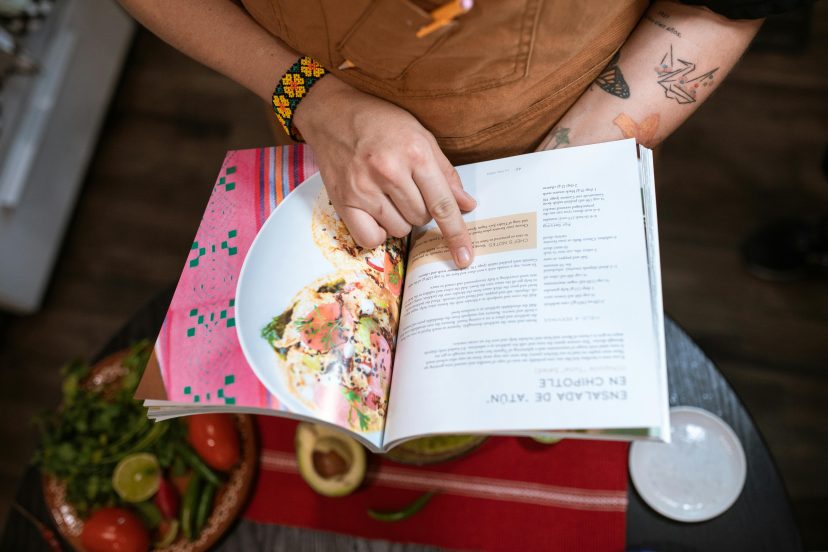
Choosing the Right Cookbook for You
To find the ideal gluten-free cookbook, consider:
- Your skill level
- Beginners: Choose books with clear photos, pantry lists, flour blend charts.
- Intermediate cooks: Look for global flavors, detailed technique tips.
- Beginners: Choose books with clear photos, pantry lists, flour blend charts.
- Your cooking style
- Baking-focused: opt for “How Can It Be…” or baking-specific guides.
- Meal planners: go for “On a Shoestring” style books with menus.
- Plant-based eating: pick whole-food, veggie-centric cookbooks.
- Baking-focused: opt for “How Can It Be…” or baking-specific guides.
- Ingredient accessibility
- Do you shop in bulk or specialty stores?
- Are you comfortable with almond flour, coconut sugar, and psyllium husk?
- Do you shop in bulk or specialty stores?
- Household needs
- Dairy-free? Go with a dual gluten- and dairy-free cookbook.
- Feeding kids? Look for family-pleaser rated meals.
- Dairy-free? Go with a dual gluten- and dairy-free cookbook.
Essential Gluten-Free Pantry & Kitchen Tips
Start strong by setting up a well-organized GF kitchen:
- Stock staples
- Almond flour, tapioca starch, brown rice flour
- Xanthan gum or psyllium hulls for structure
- Gluten-free oats, baking powder, seeds, nuts
- Almond flour, tapioca starch, brown rice flour
- Batch & freeze
- Muffins, granola bars, or frozen fruit platters for quick, gluten-free snacks.
- Soups, chili, sauces – freeze in individual jars.
- Muffins, granola bars, or frozen fruit platters for quick, gluten-free snacks.
- Elevate flavor
- Add garlic powder, smoked paprika, cinnamon, turmeric.
- Use umami-rich boosters like tamari, nutritional yeast, mushrooms.
- Add garlic powder, smoked paprika, cinnamon, turmeric.
- Prioritize whole foods
- Beans, lentils, veggies, lean meats, eggs—complement the flours.
- Beans, lentils, veggies, lean meats, eggs—complement the flours.
- Label everything
- Especially if cooking for both gluten-free & gluten-ing households.
Conclusion
Discovering the right gluten-free recipe book is like finding a trusty kitchen friend—it simplifies your meals, builds confidence, and keeps eating exciting. With clear substitutions, colorful flavors, and reliable science backing, these cookbooks can transform your home cooking. Whether you’re baking muffins, exploring global bowls, or planning dinners for the week, you’ll find everyday deliciousness gluten-free.
FAQs
1. Can I bake gluten-free and still get soft bread or cake?
Absolutely! Use the right flour blend (like brown rice + tapioca) and add binders such as xanthan gum or psyllium—typically ½ tsp per cup of flour. Start with a trusted recipe for best results.
2. What’s the difference between gluten-free and gluten-free on a shoestring?
Standard gluten-free cookbooks might focus on flavor and variety. “On a Shoestring” emphasizes affordability—recipes designed with pantry staples and cost-saving tweaks.
3. Are gluten-free diets healthier if I don’t have celiac or sensitivity?
Not automatically. Packaged gluten-free foods can lack fiber or contain extra fat and sugar. But a carefully planned gluten-free diet centered on whole foods can still be nutritious and satisfying.
4. Is it okay to mix gluten-free flours?
Yes! Most recipes perform best with flour blends—almond flour brings moisture, tapioca offers chew, and oat or rice flour adds structure. Follow blend ratios in your cookbook.
5. How do I ensure safe cooking in a shared kitchen?
Label gluten-free items clearly. Clean all prep surfaces, utensils, and bakeware thoroughly. Store GF flours separately to avoid cross-contamination.
